Representatives of the legume family, their types, significance in the national economy
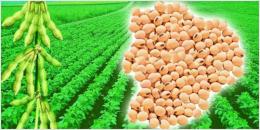
Legumes crops are classified as dicotyledonous plants. The family is represented by shrubs, vines and trees. There are a huge number of varieties around the world. Why are leguminous plants valued?
Content:
- Structural features and differences of the family
- How are legumes divided?
- The most popular plants eaten
- The importance of legumes in the national economy
- Decorative representatives
Structural features and differences of the family
The legume family, whose representatives are famous for their high content of proteins and vitamins, is one of the most grown and in demand. Includes a huge number of plants that have their own characteristics. Identified by the specific structure of the fruits, called beans.
The group includes Caesalpine, Mimosa, and Legume (or Butterfly) subgroups. The legume family, the inflorescence of which has differences, is characterized by a similar description.
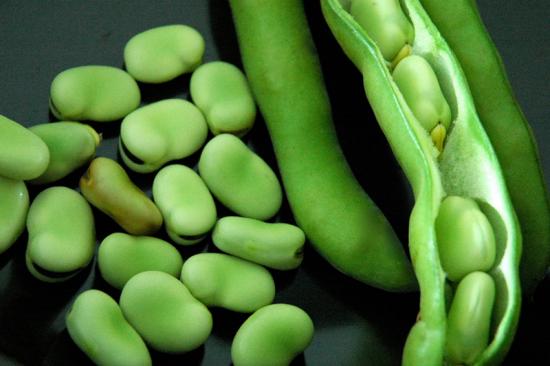
The fruits are collected in pods consisting of two symmetrical valves. Beans of various sizes and shapes are tightly attached to the inner surface.
There are varieties with single-seeded and multi-seeded fruits. After full ripening, the pod opens. This is typical for Caesalpinia plants.
The flowers of the representatives of the family are asymmetrical, collected in axillary or apical inflorescences. The larger the quantity, the smaller the size.Single flowers are usually the largest.
U Motylkov the flowers look like moths in flight. This is why the subgroup got its name. They look like a boat, inside of which there is a pistil and 10 stamens. In almost all moths, 9 of them grow together.
Caesalpieceae have less irregularly shaped flowers. The lower petals are connected in the form of a boat, and the stamens do not grow together.
Representative flowers Mimozovs have the most symmetrical shape, small, collected in brushes or heads, consisting mainly of 5 parts. The number of stamens varies, usually at least four.
The leaves are compound, arranged alternately on the stems. Simple leaves can be found much less frequently.
The crops are distinguished by the peculiar structure of their rhizomes. Small tubers are formed on which bacteria that synthesize nitrogen live. Thanks to this feature, they saturate the soil with useful microelements and prevent the spread of weed.
How are cultures divided?
The legume family, the characteristics of the species of which differ in their intended use, plays an important role in human life and nutrition. The group is conditionally divided according to the direction of application.
Fruit
Fruit crops include plants with fruits that can be used as food. This group is characterized by a high content of beans high quality protein and good digestibility. Grown on an industrial scale.
Feed
Forage crops are represented by annual or biennial grasses. The most popular are alfalfa, clover and vetch. This is a healthy and satisfying food for pets.
Decorative
There are crops that are grown for decorative purposes. This mimosa, lupine And acacia.
Each species of the Moth family is used in different ways. All groups are united by high nutritional value and valuable chemical composition.
The most popular plants eaten
Most legumes are used for food purposes. Beans, peas, soybeans and other food crops are rich in protein, starch and oils. This makes them a valuable source of energy. Let's look at the most common plants.
Peas
In our latitudes, peas are cultivated on an industrial scale. The cultivation was carried out by the Greeks and Romans in ancient times.
The nutritional value of the product is close to that of meat. Plants can withstand frosts down to -5 C. Three varieties of seed peas are grown. Sugar can be eaten raw; when dried, it shrinks greatly. The brain variety is most often canned and frozen. Peeling is dried and used for cooking soups and cereals.
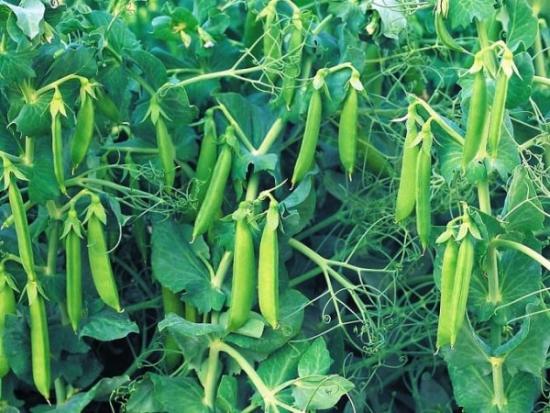
Beans
Beans contain valuable organic acids, vitamins, microelements, flavoncides, protein and carotene. The shapes, sizes and colors of the fruits are varied. The height of the plant is 0.5-3 m. The shoots are straight and curly.
The product is dried and preserved. There are peeling, sugar and semi-sugar varieties. The first is most often cultivated for grain production. Asparagus occupies a special place. These beans are cooked and eaten together with the pod.
Lentils
Lentils are an annual plant. The shoots grow up to 70 cm, and the rhizomes are thin and poorly branched. Brown lentils cook quickly and are used in soups. Green is often an ingredient in salads and meat dishes. Red has a fast cooking speed (10-12 minutes).
Green lentils are considered the most delicious.The fruits are used for cooking soups and as a side dish, making casseroles, and salads.
Peanut
Although everyone calls peanuts a nut, they are a member of the legume family. The plant is grown on vast acreage and is of great importance in agriculture.
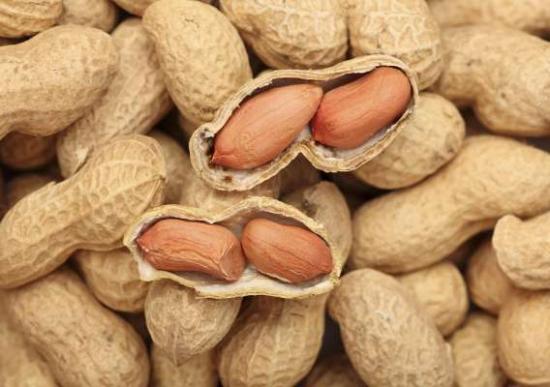
Peanut is an annual plant, grows up to 60-70 cm. The fruits reach maturity by September-October. Outwardly they look like swollen beans, each of which contains 1-5 grains.
The Runner variety is considered the most productive. But Virginia is famous for its largest fruits.
The seeds have a rich composition and attractive taste. Peanuts are used to make confectionery and peanut butter; the fruits are fried and consumed in their pure form.
Soybeans
It’s hard to imagine the world of agriculture without soybeans. This legume occupies a special place. An annual herbaceous plant is one of the most ancient representatives of its genus.
Soybean has gained popularity due to its record protein content, high yield and unique composition. Butter, sauces, flour, milk, and cheese are made from this culture. Soy easily replaces meat.
Farmers receive tons of edible beans every year. Entire production complexes have been built on their basis.
The importance of legumes in the national economy
As the population increases, the pressure on agriculture increases. A sufficient amount of protein is necessary for proper nutrition. Legumes help satisfy the need.
Lack of protein in the diet negatively affects the physical fitness and functioning of the body. According to research, modern residents lack about 30% of dietary proteins. This is especially felt in regions with a small proportion of animal food.
At the same time, to produce meat, milk and cheese, protein of plant origin is also required. It is necessary for feeding animals.
Meaning legumes extremely important in agriculture and diet. For nutrition and normal life, a person needs the right protein with a balanced composition. It turns out that the content of important amino acids in legumes is several times higher than in cereals.
The following important functions of legumes are distinguished:
- providing protein and amino acids
- high energy value, high concentration of vitamins and minerals
- the ability to replace meat without losing nutritional value and “usefulness”
- ability to provide food for livestock
Legumes have a beneficial effect on the soil. Unlike many plants, they do not deplete nitrogen reserves. Fields grown in place by representatives of the Moth family produce a large harvest.
Decorative representatives of legumes
The legume family contains plants that are grown for aesthetic purposes. The most popular decorative representatives:
Mimosa
This is a herbaceous perennial that exudes a delicate, pleasant aroma. The genus Mimosa has more than 500 species. The height of the plant is 30-70 cm. In its natural environment, mimosa can grow up to 1.5 m. The flower can also be kept as an indoor flower. However, you need to remember about its toxicity. Animals and small children should not be allowed near the plant. From tobacco smoke, mimosa can instantly lose its leaves.
Lupine
There are annual and perennial shrubs lupine. The seeds are enriched with a large amount of oil, which is similar in properties to olive oil.
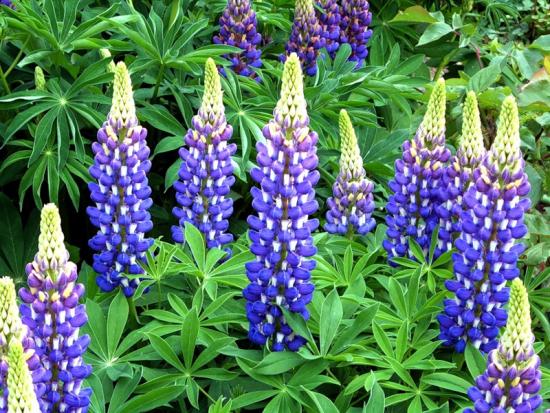
The plant is used to decorate flower beds and gardens.There are flowers of soft cream, yellow, purple, red and other colors. Lupine is used as fertilizer for your own garden plot.
Acacia
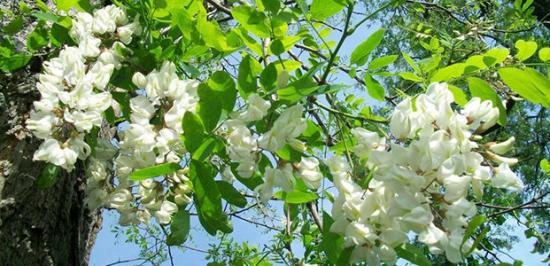
Acacia is a fast-growing tree that reaches 12 m in height. The trunk diameter is about 65 cm, the crown is lush and spreading. The tree is decorated with fluffy yellow flowers that have a pleasant aroma. During the flowering period, the tree is simply strewn with fragrant, bright inflorescences. Acacia honey is especially valued. Acacia is a heat-loving plant and does not tolerate temperatures below -10 C.
The legume family is one of the largest on the planet. The crop is valued for its high nutritional properties and productivity.
Representatives grow in different climatic latitudes. In our area, legumes are grown on vast acreage. In terms of prevalence, the family competes only with cereals.
And now you can watch an interesting video about legumes:

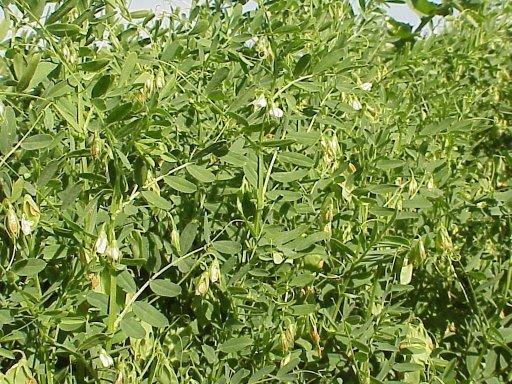
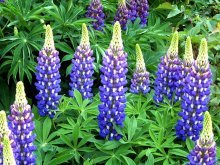

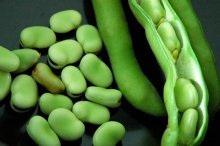
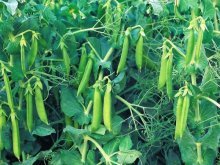
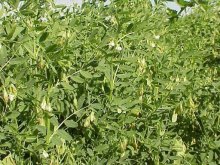
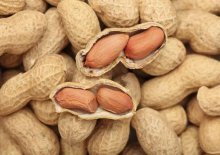
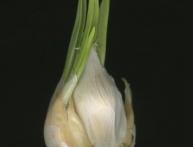


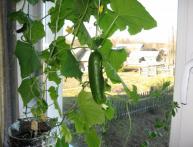
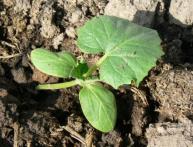
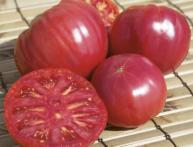

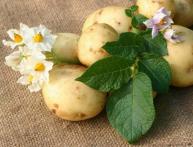
Comments
To saturate the soil in the garden with nitrogen, we plant beans, but, unfortunately, their yield is very low. Therefore, it is not advisable to plant legumes for a small garden plot. If there are a couple of liter cans of beans, then it’s hard to call it a harvest.
We always plant peas and beans along the fence so that the plant can climb. It’s difficult to call the harvest high; rather, we do it out of habit. I’m thinking about starting to plant soybeans; I really like to eat them roasted with salt instead of seeds.